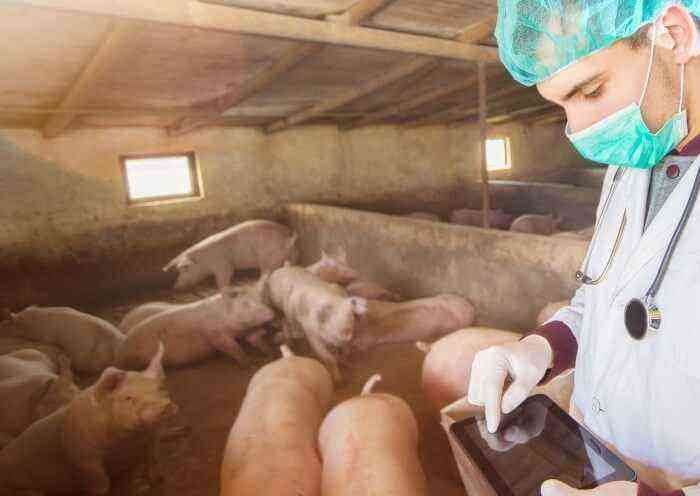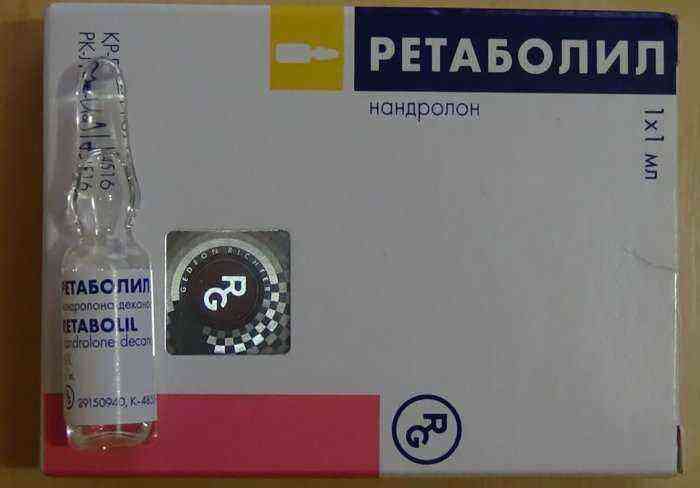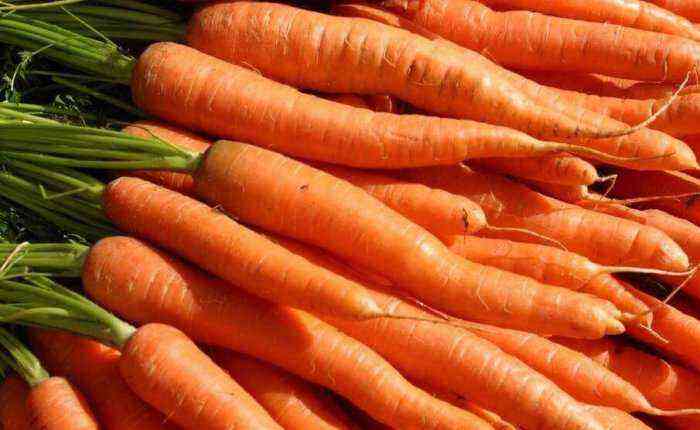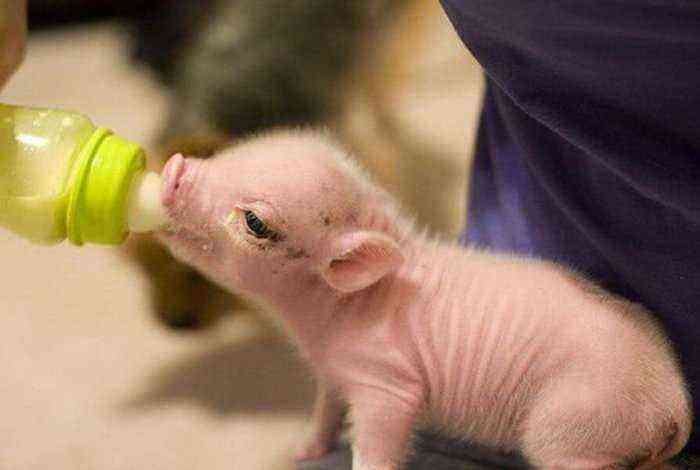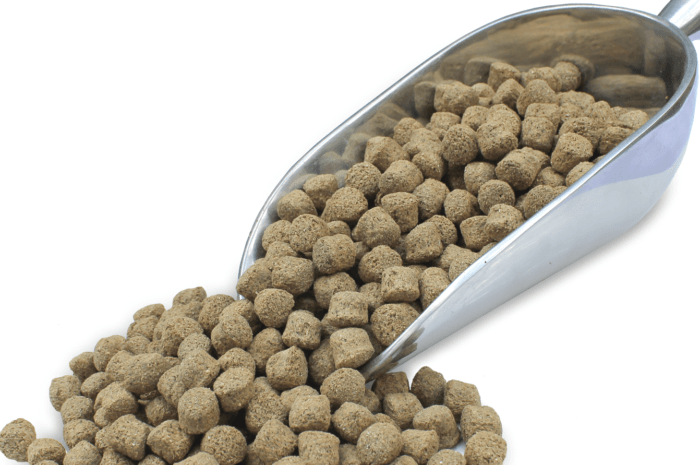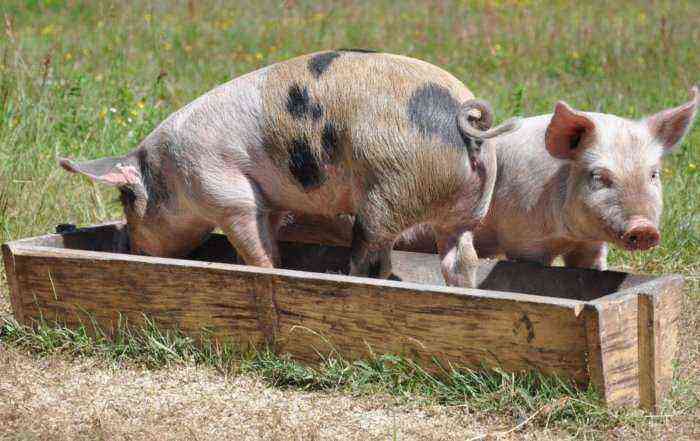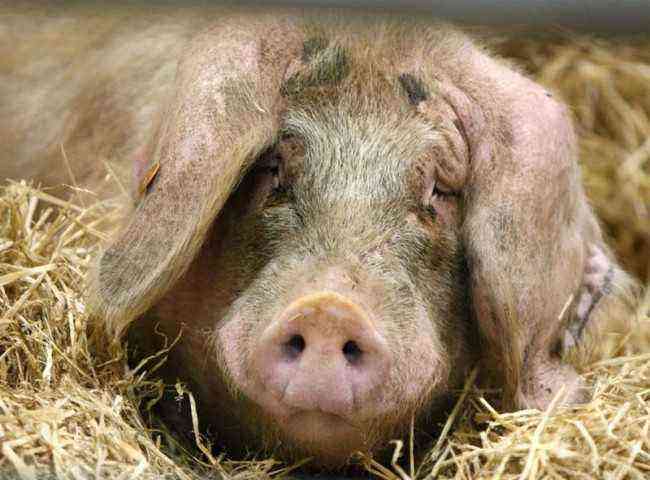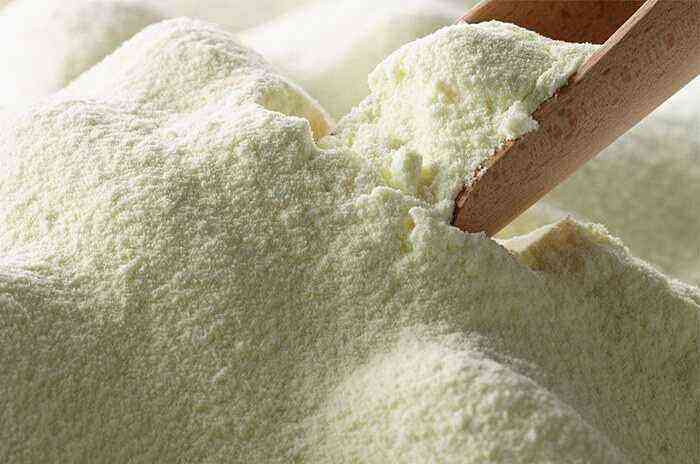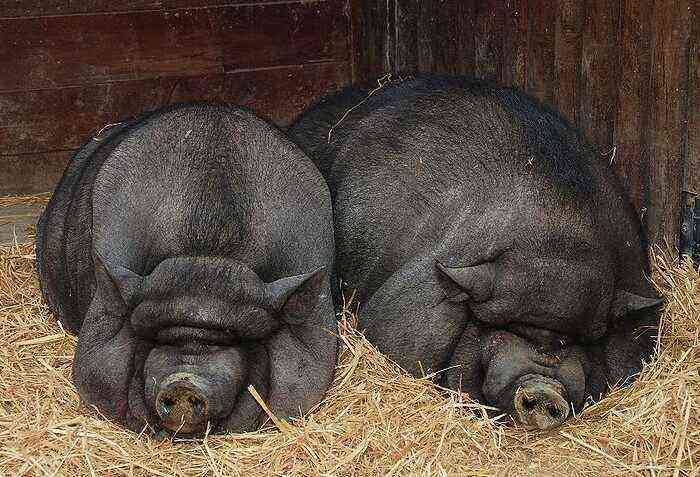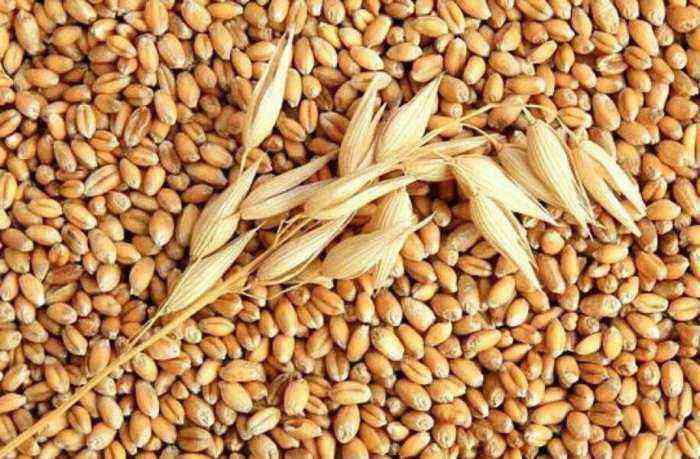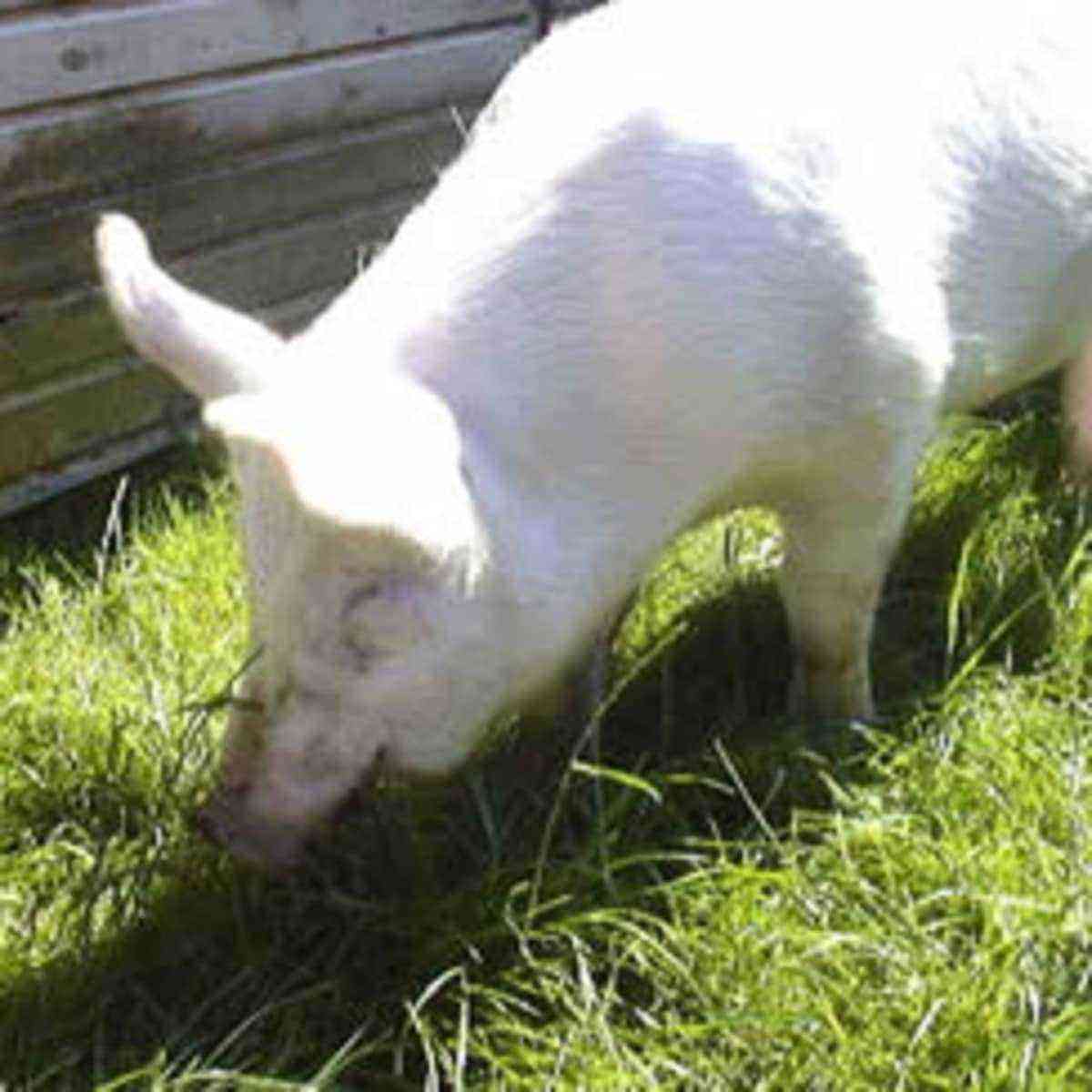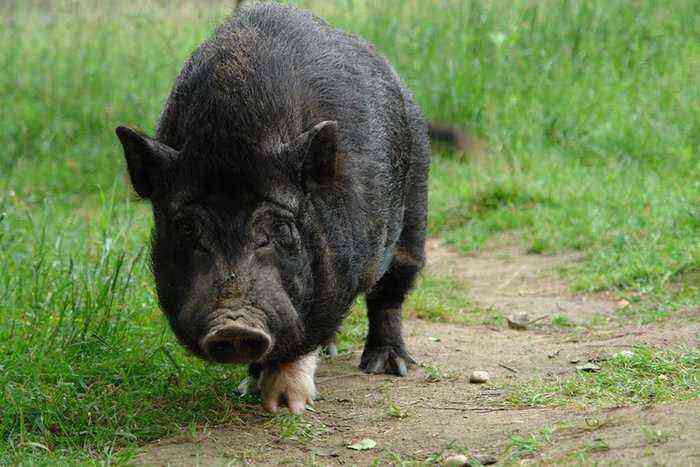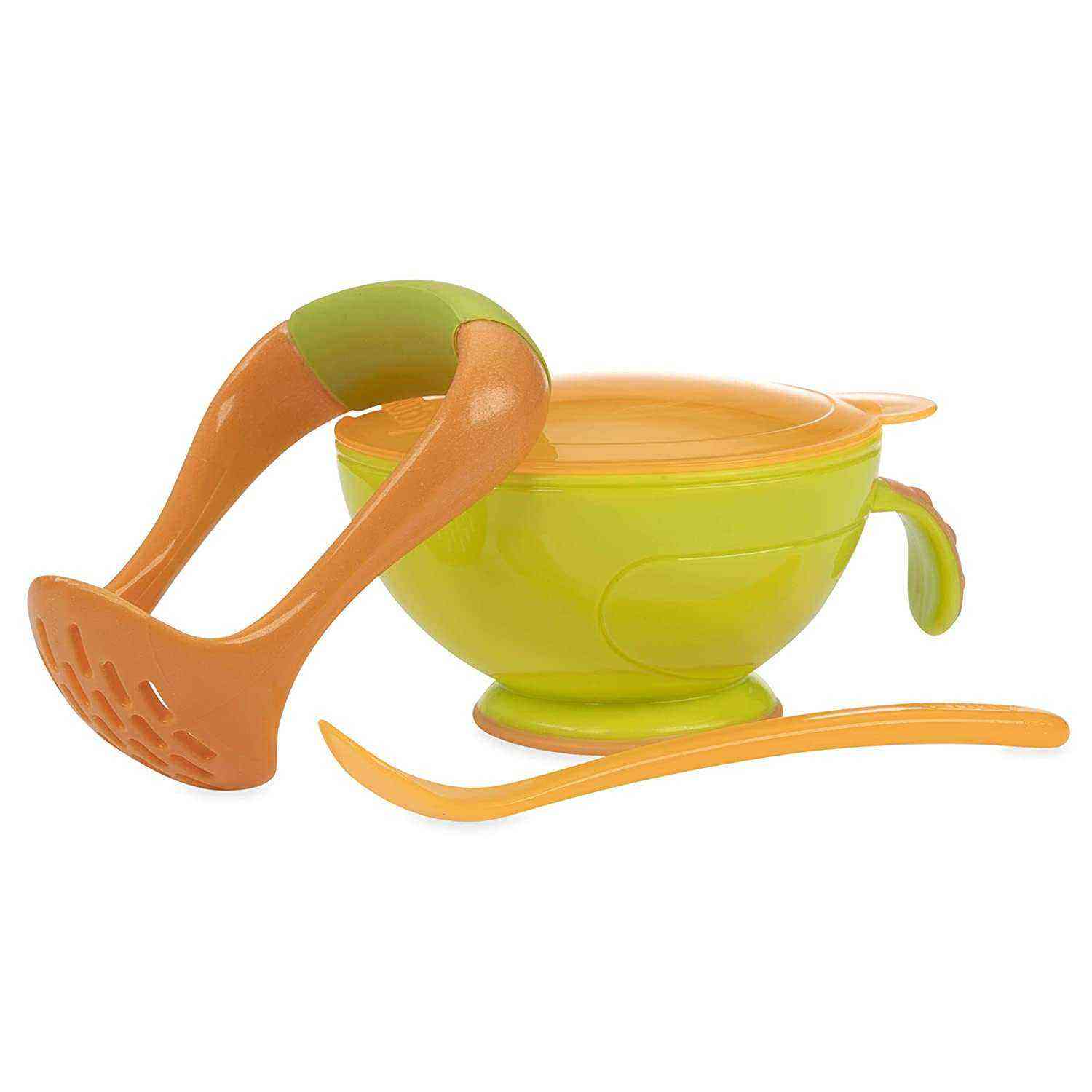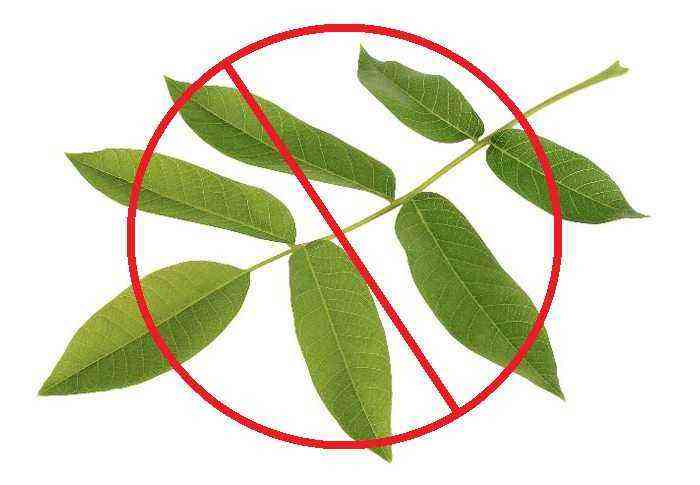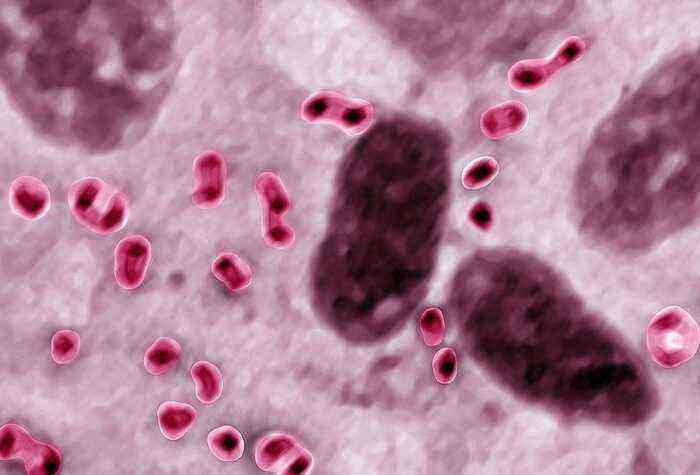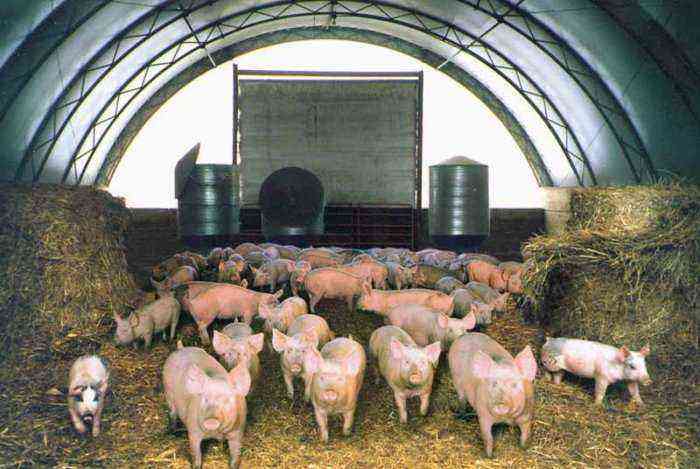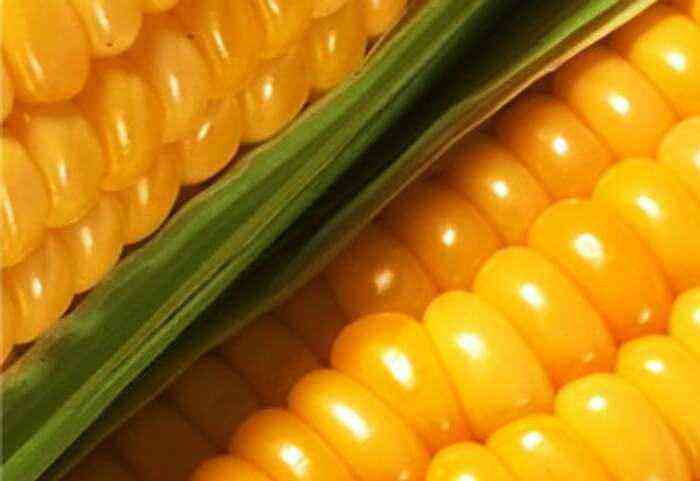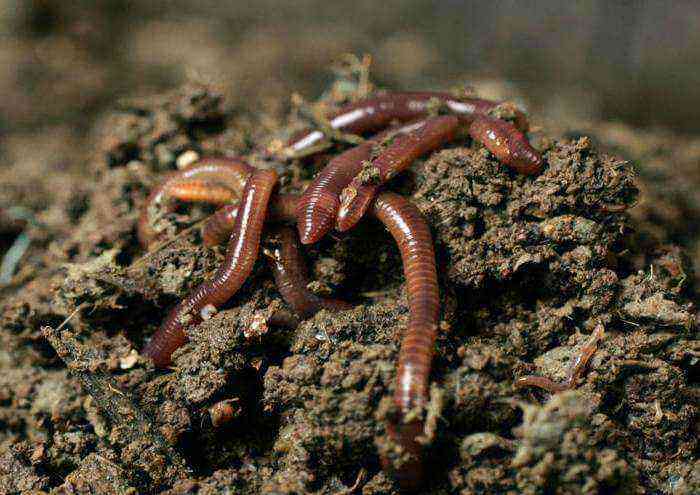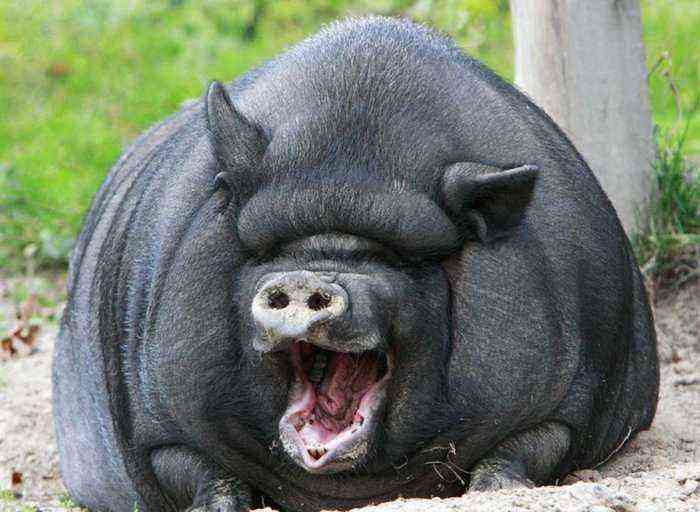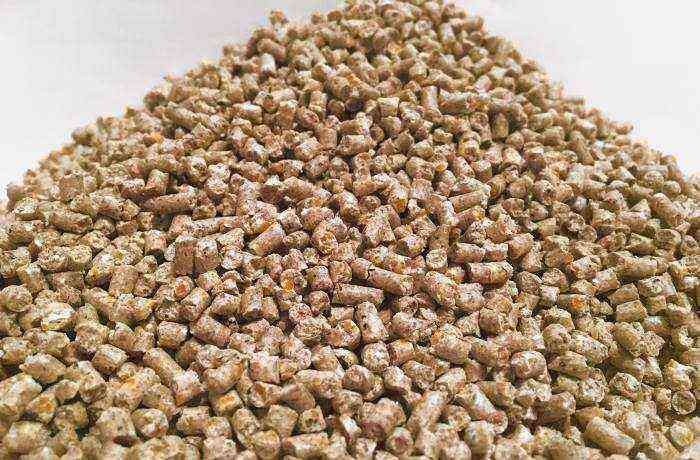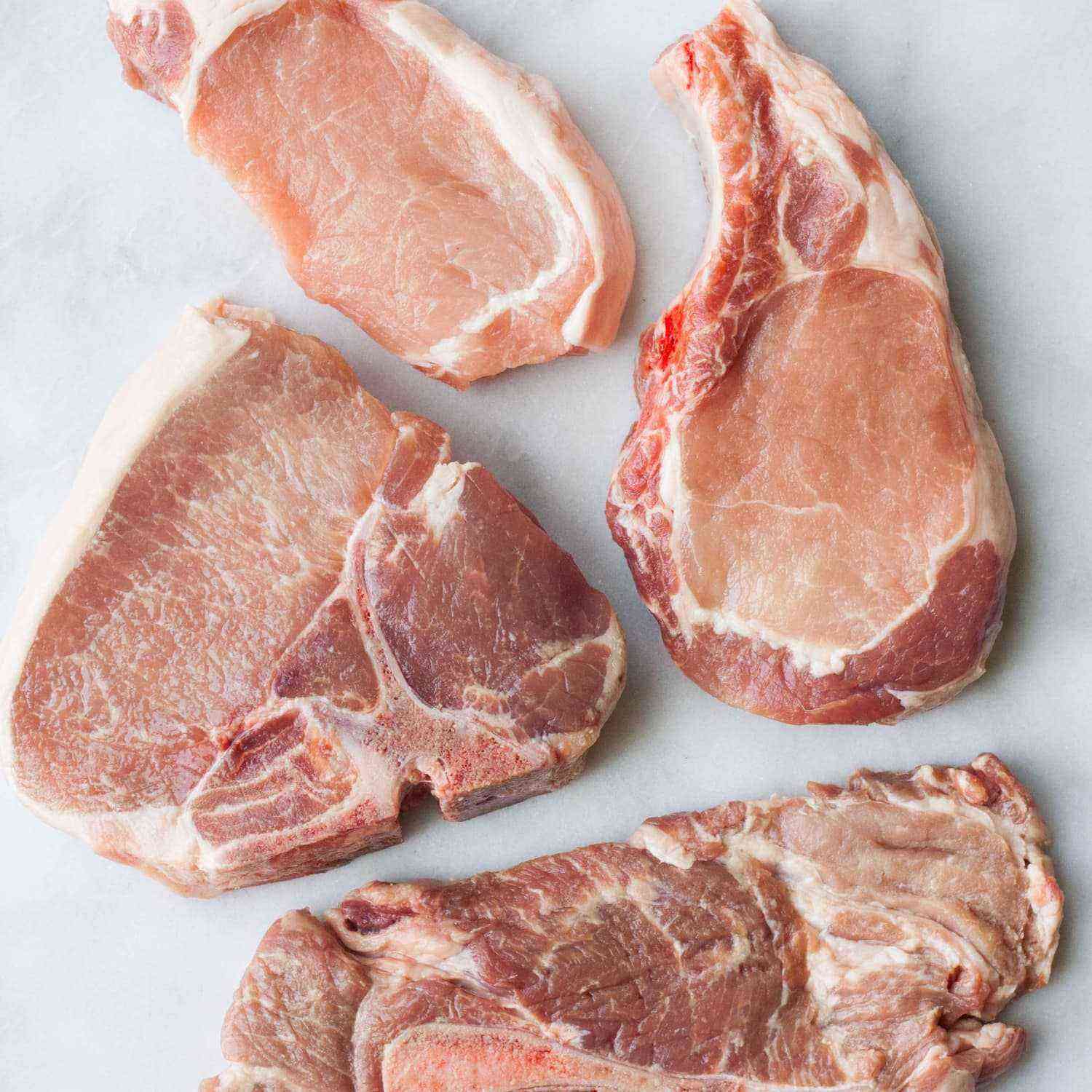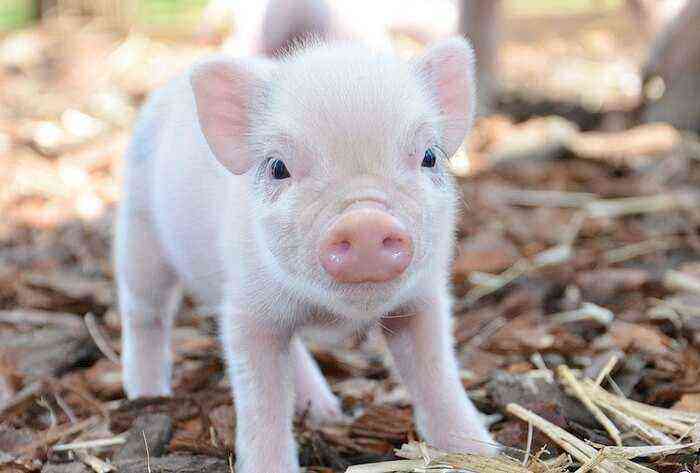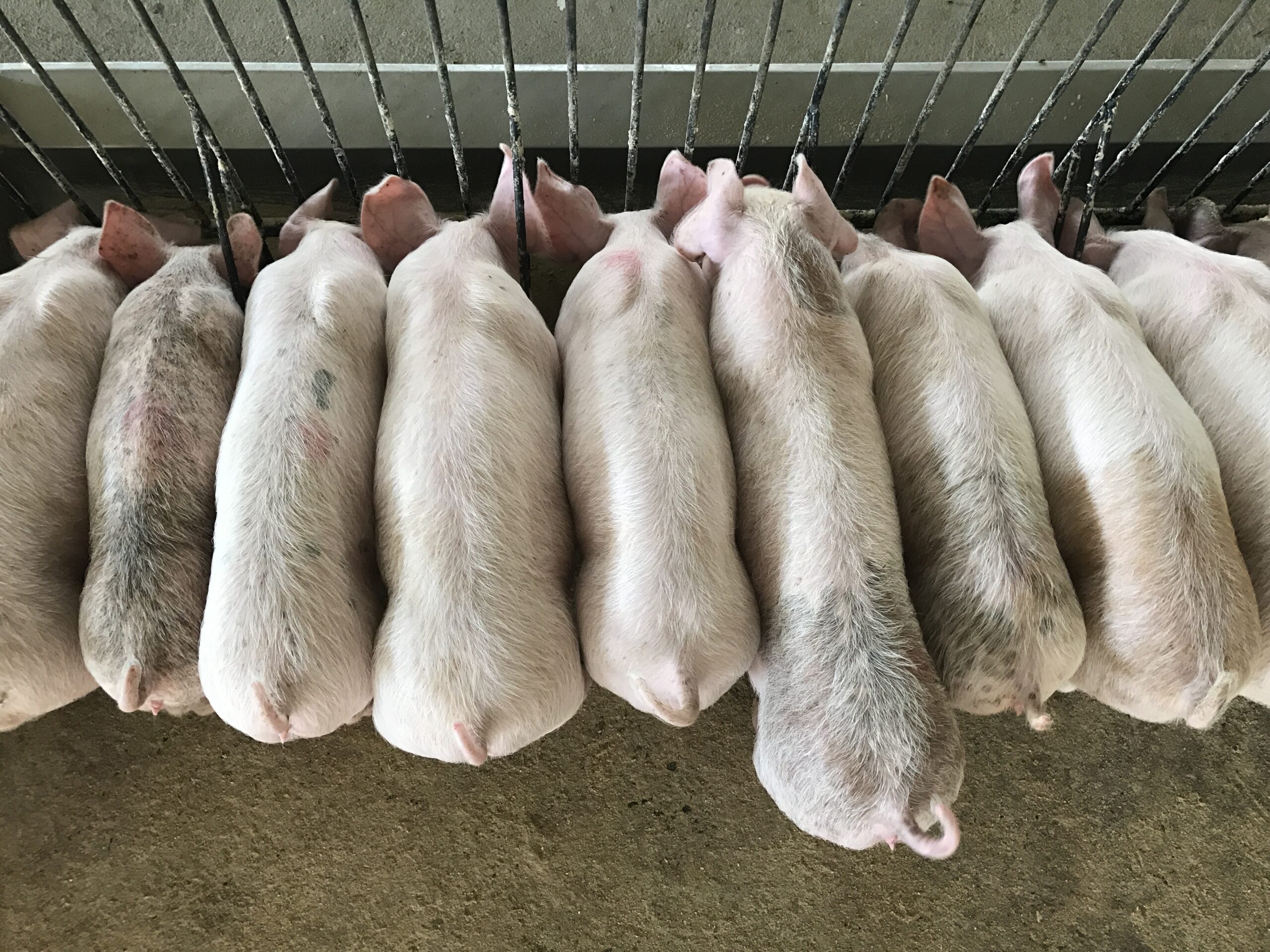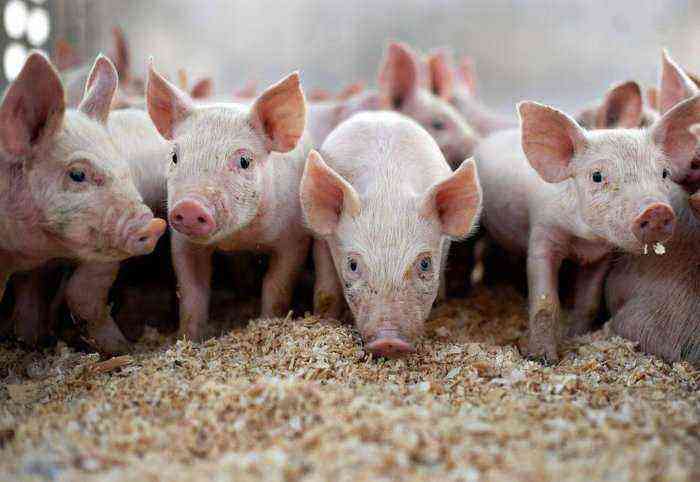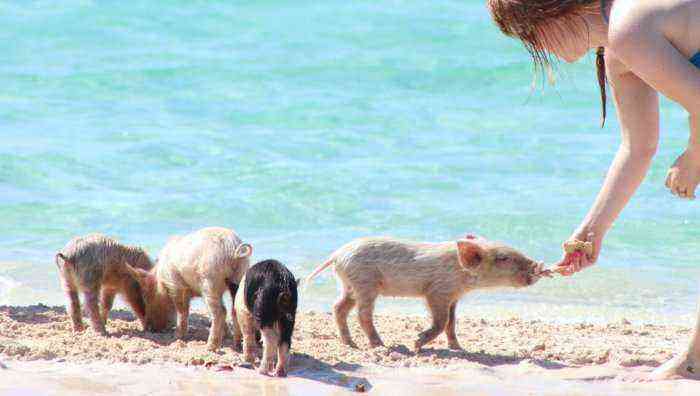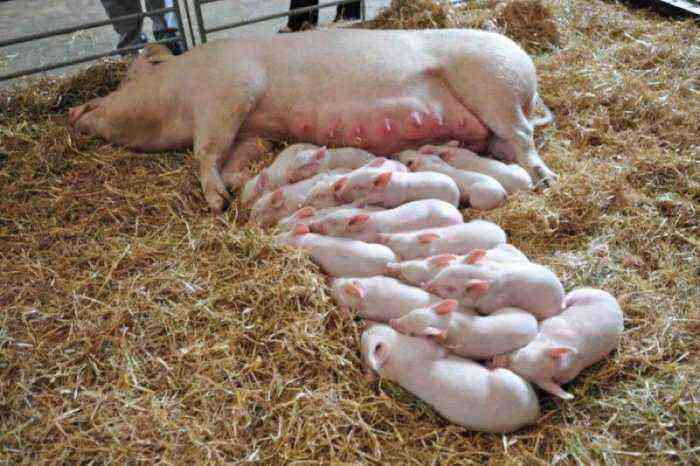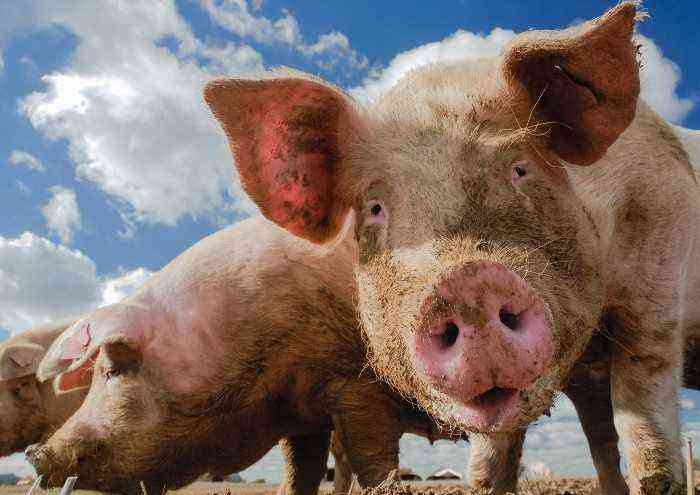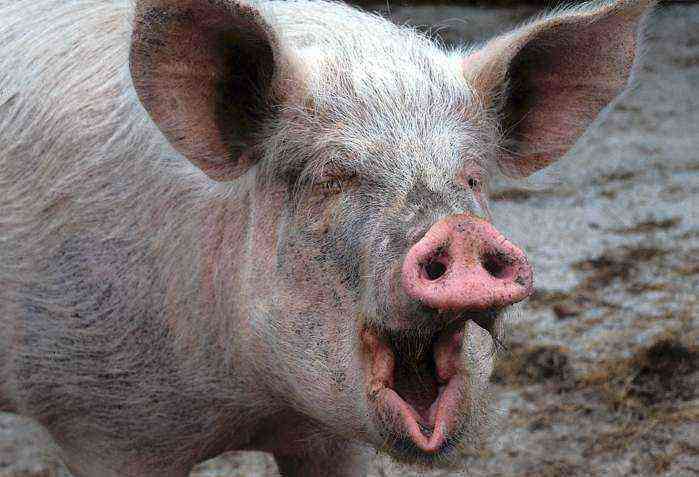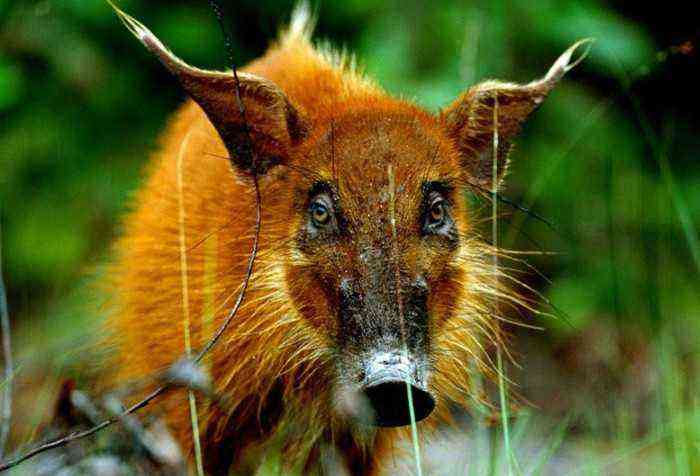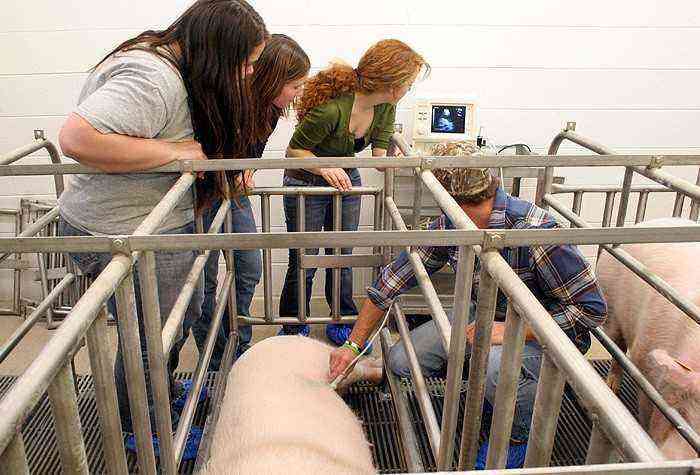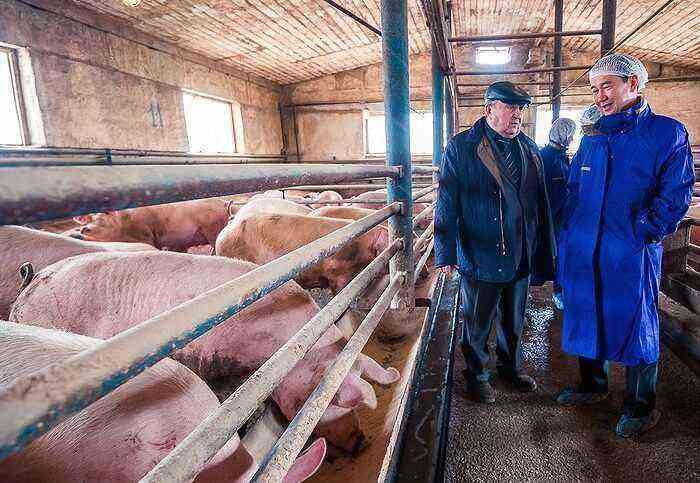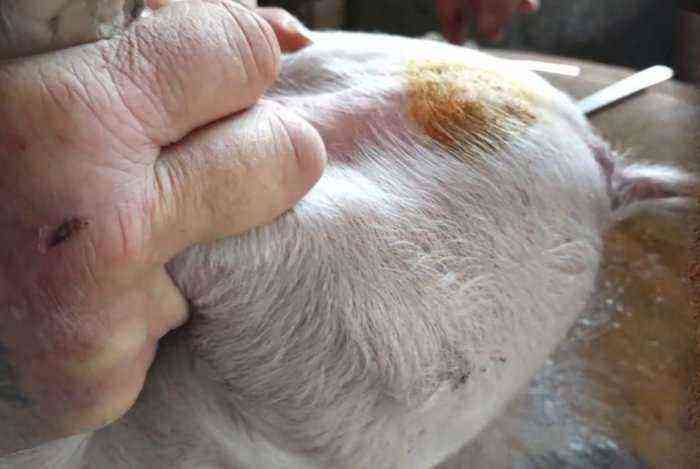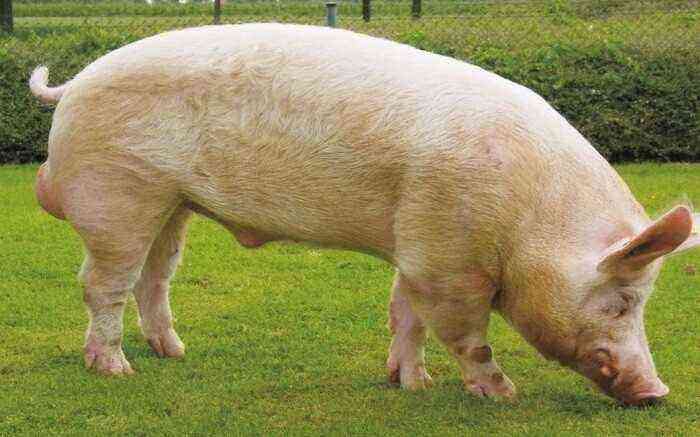Vietnamese bellied pigs are inherently undemanding to the conditions of feeding and keeping. But still, when compiling a diet, certain features of this breed should be taken into account. Only in this case, feeding Vietnamese pigs will provide them with good health and maximum live weight gain.
Vietnamese bellied pigs eat
Features of food
The main purpose of growing Vietnamese fold-bellied piglets is to obtain high-quality meat, which is considered a delicacy in this breed. Therefore, to achieve this goal, the correct diet is almost from the moment the offspring appears.
The basis of nutrition for this breed is concentrated feed. And the main component of such a diet will be barley. It is ideal for the animal’s digestive system, it is quickly absorbed and allows you to achieve high-quality weight gain. You can also include rye and wheat on the menu, but their quantity, in comparison with barley, should be slightly limited.
In addition to concentrates, you need to add to the diet:
- Apples and pears. Such a delicacy pigs absorb with pleasure. Fruits are quickly digested, saturating the body with vitamins and increasing appetite.
- Fresh hay made from alfalfa or clover. High protein feeding will significantly accelerate the weight gain of the animal.
- Compound feed. Ready-made mixtures should also be added to food, but in certain strictly indicated proportions.
- Corn and peas. Such feed from the total volume of food should be no more than 10%.
- Zucchini, pumpkins.
- Green grass in the summer for this species of animals is the main food.
Attention! It is mandatory to introduce a small amount of table salt and vitamin supplements into the diet. This is necessary to maintain the optimal mineral and vitamin balance in the body.
Feeding Vietnamese bellied piglets and adults should be carried out in the summer no more than 2 times a day. In winter, the schedule is expanded by one more meal. Moreover, you need to feed the animals to the full, but not overdoing it, otherwise they quickly develop obesity.
When feeding small piglets, they need to gradually introduce special top dressings into the diet already at the time of feeding the sow’s milk. They will accelerate the growth of babies, accustom them to new foods and strengthen their health.
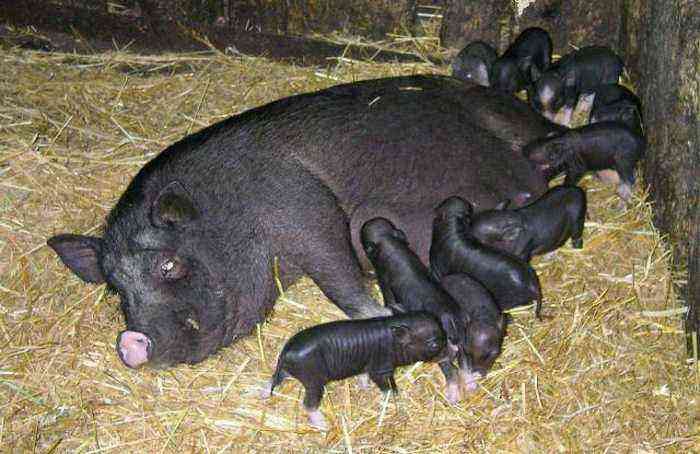
Sow milk feeding
Tellingly, saliva plays a huge role in the digestion of this breed of pigs, therefore, when feeding animals, it should not be heavily diluted with water. It is better to make a thick porridge that will stimulate salivation, which will lead to better absorption of the feed components. You can cook such porridge according to the following recipe:
- Concentrated feed, 4 liters in volume, is poured into a pre-prepared clean bucket.
- At the indicated rate of grain, 8 liters of boiling water are poured into the container.
- Add half a teaspoon of salt to the resulting composition and mix.
- Then the bucket is covered with a lid and hides in a secluded place for 12 hours.
If the porridge is prepared for young growing individuals or sows who are currently nursing offspring, milk, whey and raw eggs can be added to the finished mixture. They will support the body of the animal.
Before feeding, all feed should be properly prepared. To do this, all grain mixtures are thoroughly crushed and porridge is prepared. Pumpkin, carrots, apples and bean hay cannot be poured with boiling water, otherwise all vitamins will be destroyed. Such food is quite easy to grind finely. You can also include boiled potatoes in your diet. After cooking, it must be crushed or chopped.
What is better not to feed?
When analyzing what Vietnamese bellied pigs are fed at home, it is important to remember that there is a list of products that should never be included in their diet. The fact is that the digestive system in animals of this breed suggests its own characteristics. The stomach of piglets in volume is much smaller in size than that of representatives of large varieties. The intestines of the Vietnamese are also thinner. Accordingly, food in the digestive tract is absorbed faster.
But this feature does not apply to roughage and foods rich in fiber. Such feed in the intestines of a pig is digested extremely poorly and can cause various stomach upsets and the development of pathogenic microflora. Therefore, it is better to completely exclude piglets from food:
- straw;
- hay (almost all varieties except legume);
- beets;
- chaff;
- green stalks of corn.
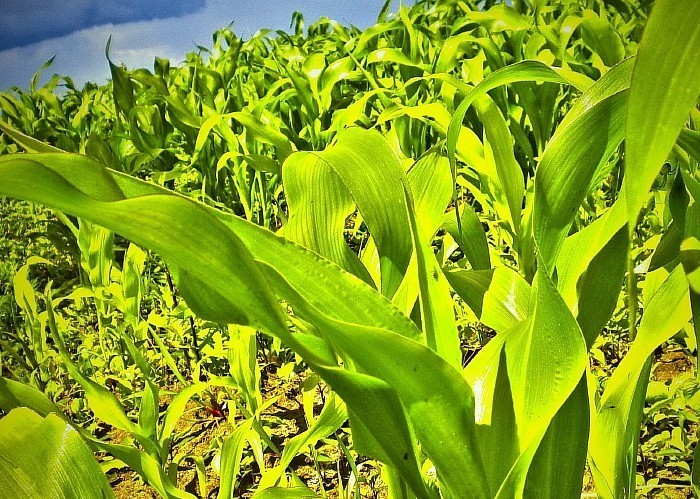
green stalks of corn
Also, Vietnamese pigs are contraindicated in food in the form of stew. The animal does not chew such food, and it is poorly digested in the intestines. It is better to replace it with special mixers and thick cereals.
Feed, which contains an increased percentage of vitamins, in no case should be subjected to heat treatment. From this, its vitamin value drops significantly.
And finally, you should not feed Vietnamese piglets with oats and corn. Such food will not give a strong increase in the muscle mass of the animal, but will ensure the development of excessive body fat.
Feeding
When choosing the right strategy for fattening Vietnamese pigs, it is important to consider the physiological needs of each age group of animals. Only such an approach will ensure high productivity, good health of young animals and adults. Accordingly, each age group assumes its own characteristics of feeding.
newborns
Newborn Vietnamese piglets are fed exclusively with mother’s colostrum. Such food creates strong immunity in young animals and is an impetus for rapid weight gain. Moreover, the baby should be fed immediately, as it was cleaned after childbirth and the umbilical cord was cauterized. In the future, the piglet is fed every 30-40 minutes in the same way.
But, it is worth noting that feeding with colostrum alone is effective in the first week of an animal’s life. From the age of one week, the piglet should gradually introduce concentrates and other products into the diet. Already by the 27-30th day, the baby should be able to eat from the feeder on its own, since milk production in the sow by this time is already gradually ceasing.
From a week of age, the following are used as top dressing for young animals:
- ground barley diluted with warm milk;
- milk porridge from ground oats;
- finely ground barley or wheat, roasted in a pan.
From the 14th day after the birth of the baby, the diet should also be gradually introduced:
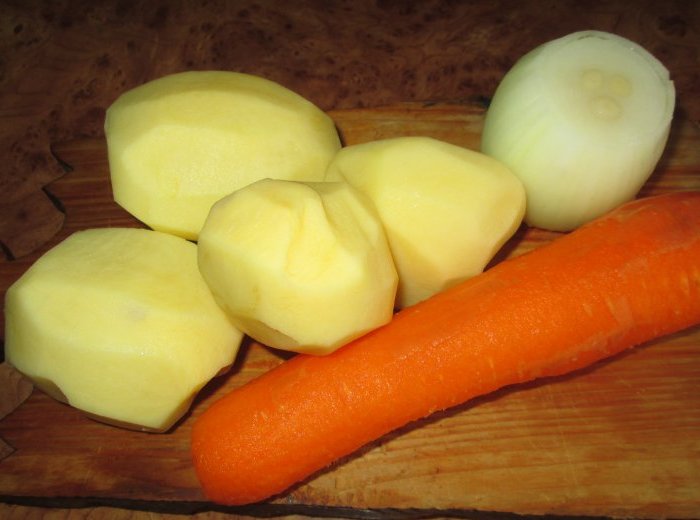
Carrots and potatoes
- carrot;
- boiled potatoes;
- slightly dried greens of clover and alfalfa;
- apples and pears;
- a small amount of straw.
It is better to refuse oats and corn during this period altogether. All products are thoroughly ground before serving.
It will be useful to add a small amount of cereal bran to a mixture of barley and wheat grains. Moreover, giving such food, the piglet, nevertheless, must be provided with access to mother’s milk. You can also dilute the menu with peas. A mixture of cow’s milk and raw eggs has a good effect on the growth and development of the offspring. Potatoes must be boiled before serving. It is given from about 25 days. An important condition for feeding young animals is an abundant amount of water in the drinkers.
Up to 6 months
From the moment of weaning the young from the mother, it will be useful for some time to feed them with milk porridges from barley or oats. An important part of the diet at this time is grass (hay in winter) of sweet clover or clover. If available, juicy food will be a good help.
By the 2nd month of life, in terms of nutrients, the piglet’s diet should look like this:
- protein – 20%;
- easily digestible fiber – no more than 3%;
- fat – about 5%.
For a 4-month-old animal, the composition of the food undergoes some changes. The percentage of proteins in such feed increases to 40%. It is during the period from 4 to 6 months that the most intensive mass recruitment occurs.
A prerequisite in the period up to 3 months is the access of babies to a large amount of heated boiled water. It will be a kind of milk substitute until the animals are completely weaned from milk feeding.
It is best to feed young animals up to six months in small portions and at least 4 times a day. Every month for a week, it is necessary to supplement the main food with fish oil, as well as add Prelak or any other milk substitutes to it.

«Prelak»
In winter
In winter, for natural reasons, greens are excluded from the diet of the Vietnamese. Therefore, during this period it is extremely important to find an equivalent replacement for it. The basis of the diet of a piglet in cold weather can be:
- hay of legumes and some cereal crops;
- cereals;
- succulent feed (carrots, apples, potatoes, pumpkin);
- ready-made feed;
- bran cereals.
Important! Acorns and chestnuts, harvested and dried in advance, have a good effect on the health and productivity of the animal. It is worth supplementing all these components with mineral additives.
The entire daily feeding process is implemented in the form of 3-4 meals (depending on the age of the animal). Juicy feed is recommended to constantly alternate for greater effect. To do this, the first 5 days of the schedule give, for example, a pumpkin. The next 5 days it is replaced with apples.
In the summer
By the summer, the amount of feed and concentrates from the total diet is reduced to about 20%. At the same time, the remaining percentage for such a breed is occupied by greens, vegetables, diverse fruits.
A feature of this breed line of pigs is that they are well accustomed to grazing. Therefore, in the summer, if possible, the herd can be driven out to the meadow or specially created plantations. In general, animals are fed twice in the summer – in the morning and in the evening.
Feed for slaughter
In the last period of breeding Vietnamese bellied pigs, the main goal is the maximum possible growth and improvement of meat quality at this stage. Focusing on such moments, the breeder slightly changes the diet. The key to success at this time is the correct percentage of concentrated feed (compound feed) and greens. The best solution in the case of compound feed would be the following mixture:
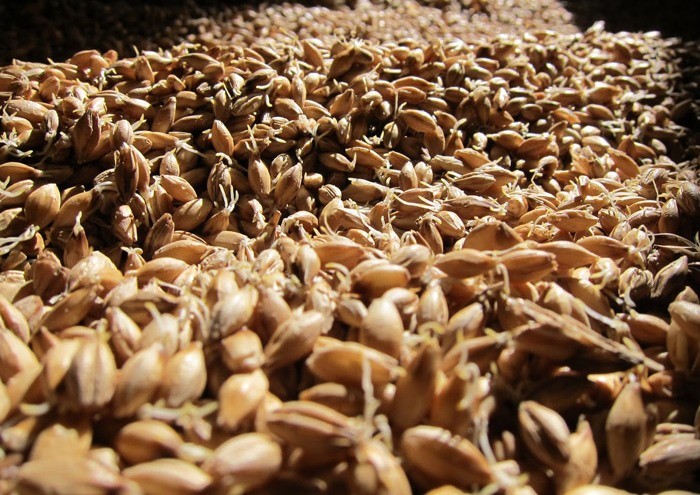
Quality fresh barley
- high-quality fresh barley in an amount of at least 40% of the total food volume;
- wheat – about 30% of the daily diet;
- corn, peas and oats – the remaining 30% in equal portions.
The animal can be fed greens in plenty during planned walking or when grazing on a pasture. If grazing is not provided, the animal must additionally provide a sufficient amount of grass or hay. Moreover, clover, alfalfa and sweet clover in this case remain the best solution.
Maintenance and care
Of all the existing breeds of pigs, the Vietnamese is considered one of the most unpretentious in terms of the necessary conditions of detention. But, nevertheless, for the full growth and development of this breed, certain points of content must be taken into account. These include:
- Availability of high-quality supply and exhaust ventilation. It will provide optimal temperature for animals in the summer.
- Concrete floors in a pigsty that diggers can’t destroy. Moreover, in winter, special wooden pallets should be installed in the machines, which will prevent the pigs from freezing.
- Availability of walking area. For good health, animals of this breed need constant walks. Moreover, the prepared site should include shelter from precipitation and the scorching sun, scratching posts, a special pit filled with liquid mud.
- Regular and balanced feeding.
As for the free space in the barn, it will not need much. Even in one pen for an ordinary large pig, 2-3 Vietnamese pigs can comfortably fit.
But it is worth noting that young Vietnamese require special care. Newborn babies need to provide a temperature of at least 20 degrees in the machine in which they are kept. To do this, you can install special lamps above the machine that heat the air, or use the heating system common to the entire barn.
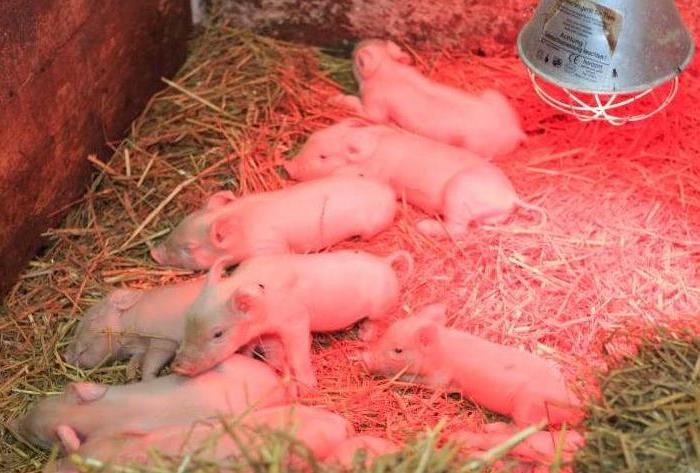
Ensuring optimal temperature in the pigsty
Benefits of breeding
To date, the popularity of Vietnamese bellied pigs is constantly growing. The reason for this phenomenon is an impressive list of the advantages of the breed. The main ones include:
- High profitability, which consists in the economical consumption of feed stocks in the presence of free places for grazing animals.
- Developed immunity in animals, which protects against many common pig diseases. Moreover, this variety does not require regular vaccinations.
- Delicious meat, practically free of fat, and a high yield of meat from the total live weight of the piglet.
- The uterus brings at least 11 piglets in one farrowing, and the farrowing takes place, as a rule, twice a year.
- Animals quickly enter puberty. After farrowing, sows raise their offspring themselves, without requiring serious efforts from the breeder.
- The breed, among others, is also distinguished by a developed cleanliness. The animal never soils the place where it sleeps, and it goes to the toilet in a strictly designated place in the barn. Accordingly, it is easier to keep clean.
- Calm disposition. The Vietnamese in the process of breeding do not conflict with each other, calmly endure the proximity of other domestic animals, and are not aggressive towards young animals. Moreover, the pigs practically do not squeal, which is convenient when the barn is close to the house.
Conclusion
Thus, keeping Vietnamese pigs at home is profitable and easy. The animal has a number of undeniable advantages that facilitate its maintenance and care. At the same time, if the piglets are provided with proper feeding, the amount of meat obtained will certainly meet the expectations of the owner of the pig.
